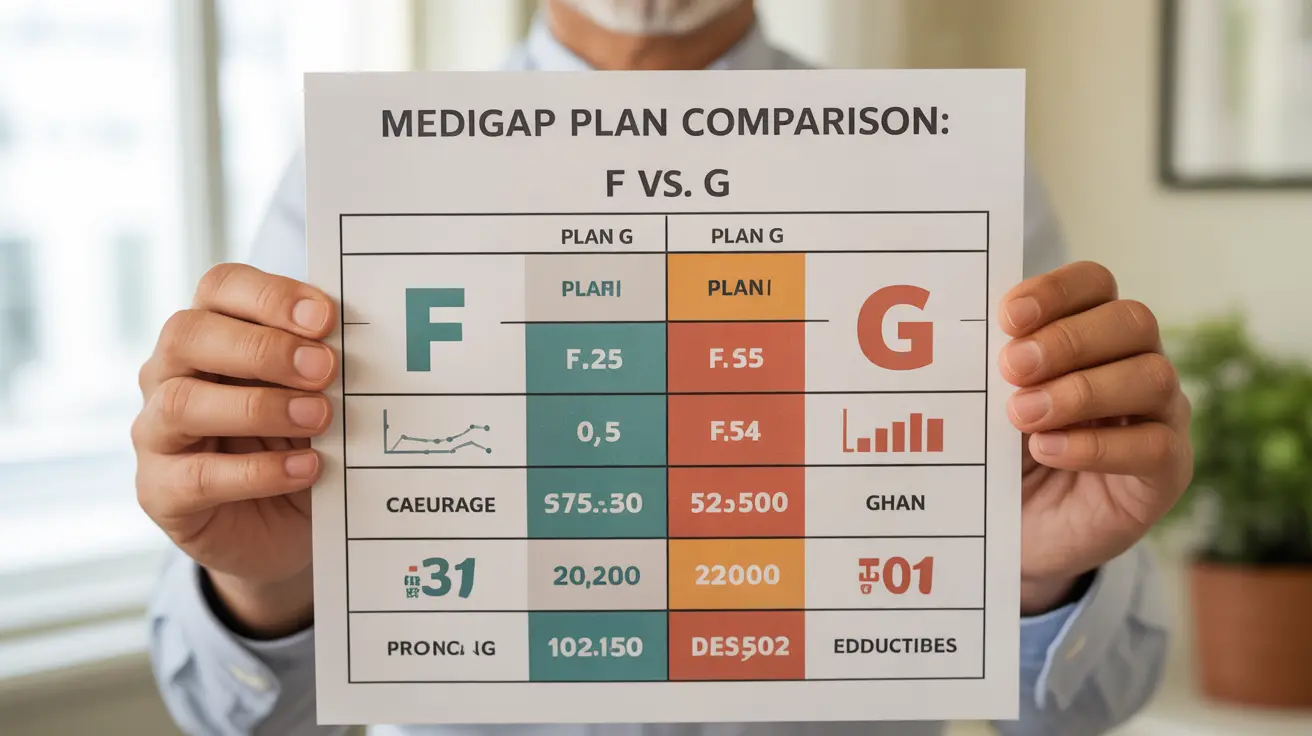Navigating Medicare Supplement (Medigap) plans can be overwhelming, especially when trying to compare costs and coverage options. This comprehensive guide breaks down the Medigap cost comparison chart to help you make an informed decision about your healthcare coverage.
Understanding the differences between various Medigap plans is crucial for selecting the right coverage for your needs and budget. Let's explore the key factors that influence plan costs and examine how different plans stack up against each other.
Understanding Medigap Plan Coverage Basics
Medigap plans are standardized across most states, with each plan type (designated by letters A through N) offering specific coverage benefits. The main difference between plans lies in their coverage levels and associated costs.
Insurance companies must offer identical basic benefits for each plan type, though premiums can vary significantly between providers and locations.
Comparing Popular Medigap Plans
Plan F vs. Plan G
Plan F has traditionally been the most comprehensive option, covering all Medicare-approved out-of-pocket costs. However, it's no longer available to newly eligible Medicare beneficiaries as of January 1, 2020.
Plan G offers nearly identical coverage to Plan F, with one key difference: you must pay the Medicare Part B deductible. This often makes Plan G a more cost-effective choice for many beneficiaries.
Plans K and L: Cost-Sharing Options
These plans offer lower premiums in exchange for higher out-of-pocket costs:
- Plan K covers 50% of most benefits
- Plan L covers 75% of most benefits
- Both plans have annual out-of-pocket limits for added protection
Factors Affecting Medigap Plan Costs
Several key factors influence Medigap plan premiums:
- Your age and location
- The insurance company you choose
- The plan type selected
- Your timing of enrollment
- Tobacco use status
How to Compare Medigap Plan Costs
Premium Rating Methods
Insurance companies use three different approaches to set premiums:
- Community-rated (everyone pays the same)
- Issue-age-rated (based on your age when you buy)
- Attained-age-rated (increases as you get older)
Tips for Finding the Best Value
To find the most cost-effective Medigap plan:
- Compare prices from multiple insurance companies
- Consider your current and future health needs
- Look at long-term cost projections
- Ask about available discounts
Frequently Asked Questions
What are the main differences between Medigap Plan F and Plan G, and which one is right for me?
Plan F offers the most comprehensive coverage but is only available to those eligible for Medicare before 2020. Plan G is nearly identical but requires you to pay the Part B deductible. Plan G often provides better value due to lower premiums.
How do I choose the best Medigap plan based on my health needs and budget?
Consider your current health status, expected medical needs, and financial situation. Compare the monthly premiums against potential out-of-pocket costs. Plans with higher premiums typically offer more comprehensive coverage with fewer additional expenses.
What factors affect the cost of Medigap plans, and how can I find the cheapest option?
Costs are influenced by age, location, insurance company, plan type, and enrollment timing. To find the cheapest option, compare quotes from multiple insurers, consider higher-deductible versions of plans, and look for available discounts.
Can I still get Medigap Plan F if I'm eligible for Medicare after January 1, 2020?
No, if you became eligible for Medicare after January 1, 2020, you cannot purchase Plan F. However, Plan G offers similar coverage at often lower premiums, making it an excellent alternative.
How do Medigap Plans K and L differ from other plans in terms of coverage and out-of-pocket costs?
Plans K and L use cost-sharing to offer lower premiums. Plan K covers 50% of most benefits, while Plan L covers 75%. Both plans have annual out-of-pocket limits, after which they cover 100% of covered services for the rest of the year.




